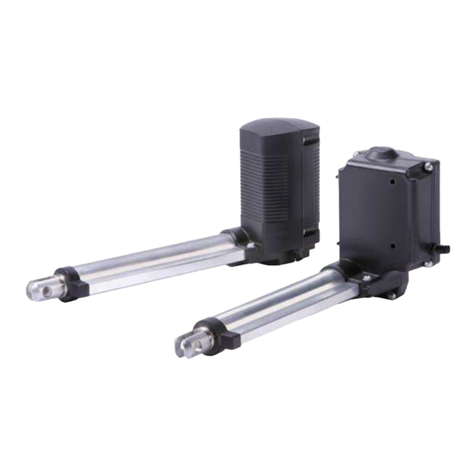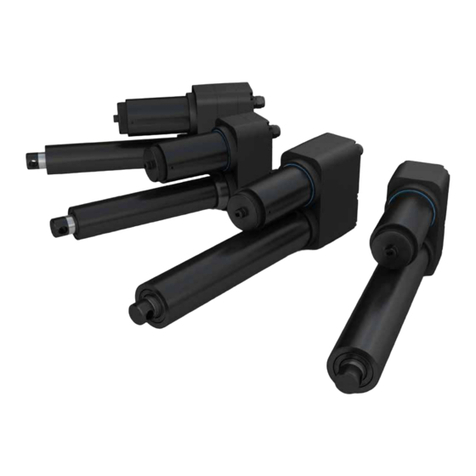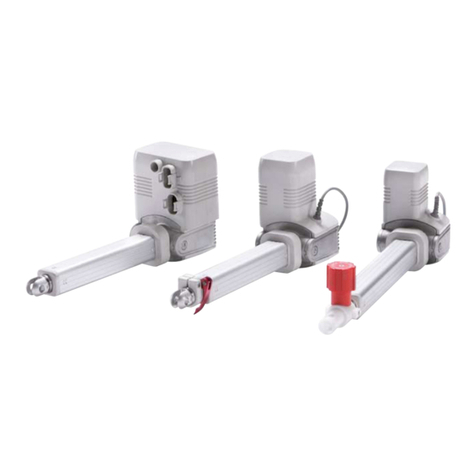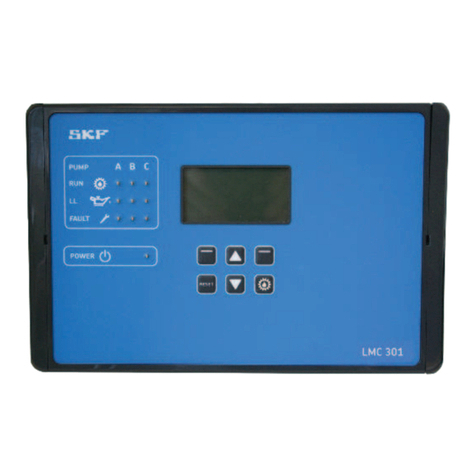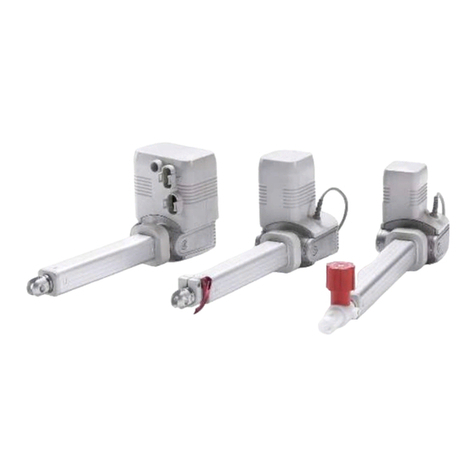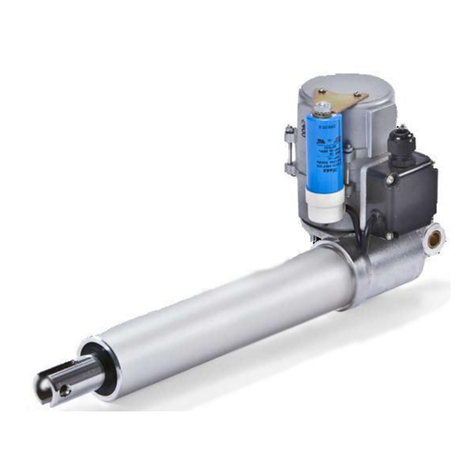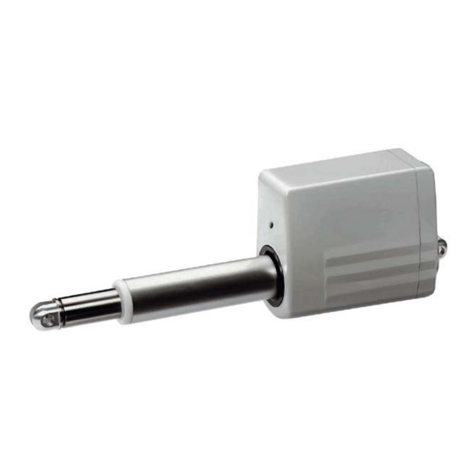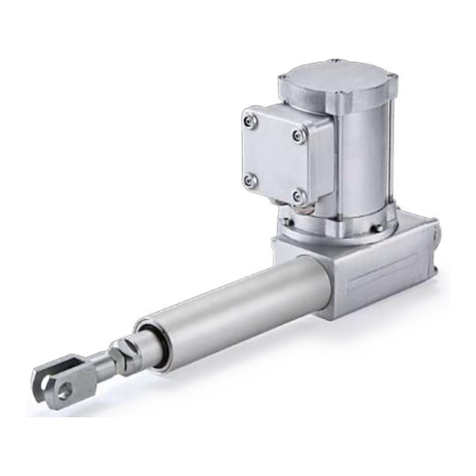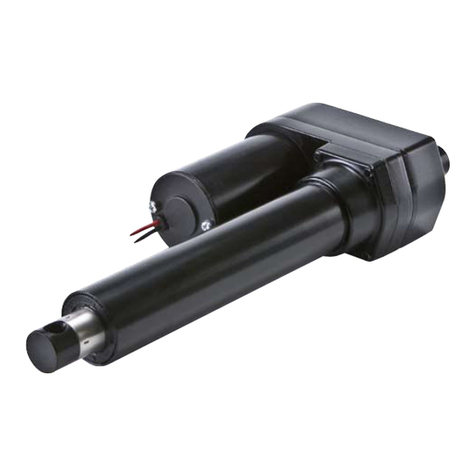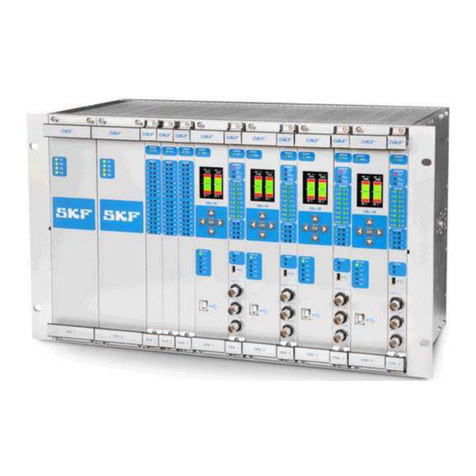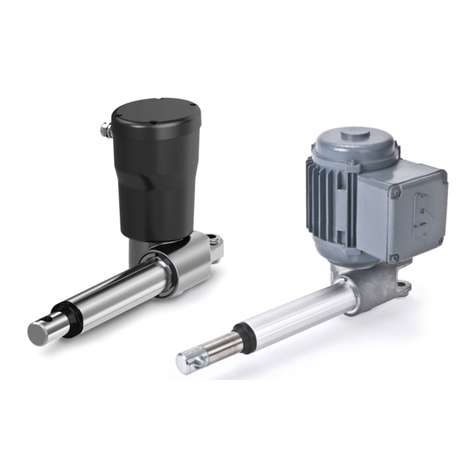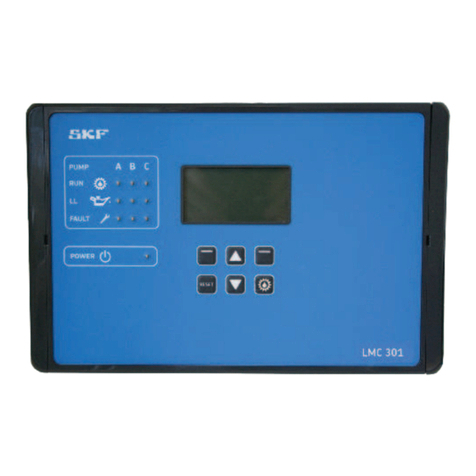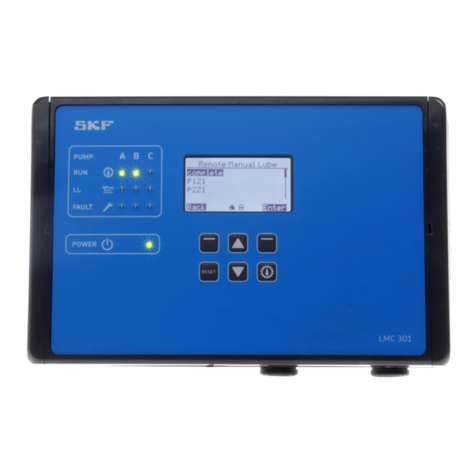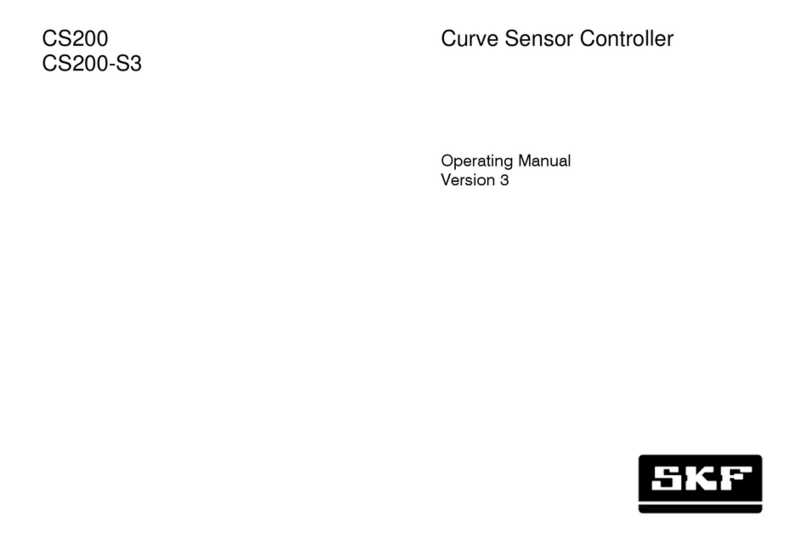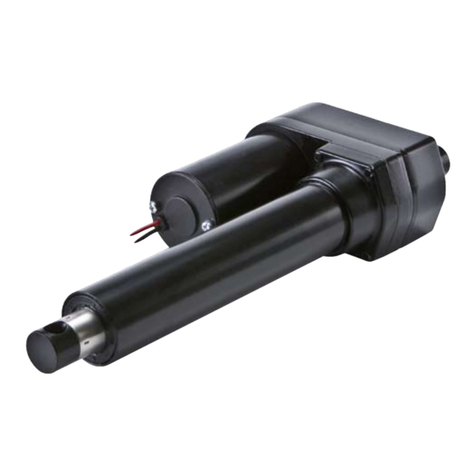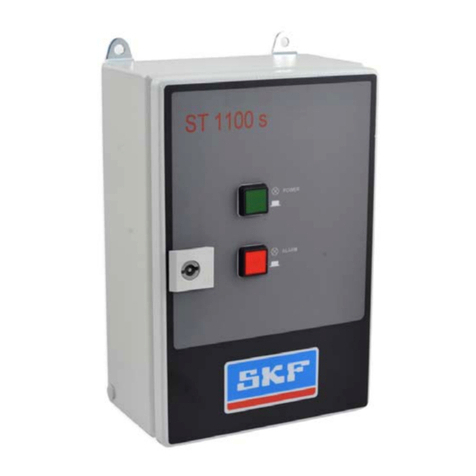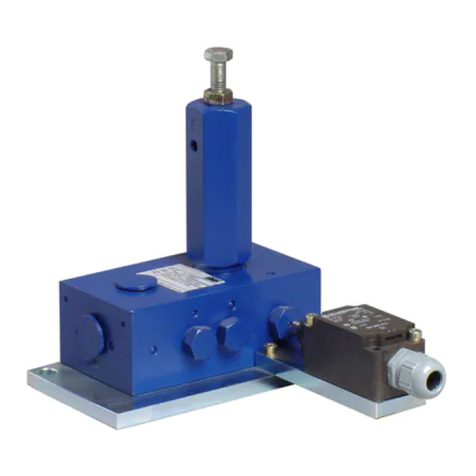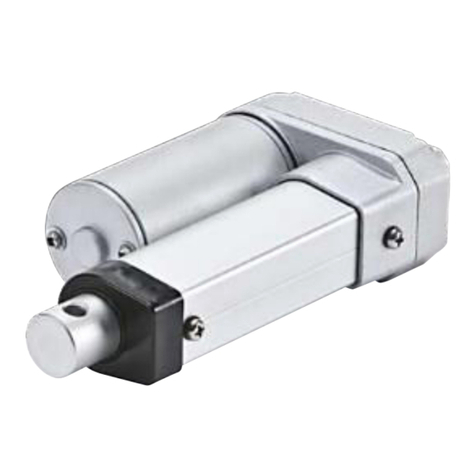
4
Table of contents
Masthead ........................................................................................................................................................................................3
Table of contents.............................................................................................................................................................................4
Safety alerts, visual presentation, and layout..................................................................................................................................5
1. Safety instructions.......................................................................................................................................................................6
General safety instructions.....................................................................................................................................................6
General electrical safety instructions .....................................................................................................................................6
General behaviour when handling the product.......................................................................................................................6
Intended use ..........................................................................................................................................................................6
Persons authorised to use the product ..................................................................................................................................7
Foreseeable misuse...............................................................................................................................................................7
Referenced documents..........................................................................................................................................................7
Prohibition of certain activities................................................................................................................................................7
Painting plastic components and seals ..................................................................................................................................7
Safety markings on the product ...........................................................................................................................................7
Notes on the type plate ........................................................................................................................................................8
Note on Pressure Equipment Directive ................................................................................................................................8
Notes concerning CE marking .............................................................................................................................................8
Notes related to the UKCA marking .....................................................................................................................................8
Note on China RoHS mark...................................................................................................................................................8
Assembly, maintenance, fault, repair ...................................................................................................................................9
First start-up, daily start-up ..................................................................................................................................................9
2. Delivery, return & storage ...........................................................................................................................................................9
Delivery/receipt ......................................................................................................................................................................9
Return consignments ...........................................................................................................................................................10
Storage ................................................................................................................................................................................10
3. Inspections, maintenance, and cleaning ...................................................................................................................................10
4. Controller ST-102P-PS / ST-102P-PS-MM ...............................................................................................................................11
Operation .............................................................................................................................................................................11
4.1.1 Indicators above the function button ..........................................................................................................................12
4.1.2 Function button functions...........................................................................................................................................13
ST-102P-PS / ST-102P-PS-MM controller components ......................................................................................................14
Changing lubrication system settings from the circuit board ................................................................................................15
4.3.1 11500608 ST-102P-PS..............................................................................................................................................15
4.3.2 11500600 ST-102P-PS-MM.......................................................................................................................................16
Changing lubrication parameter settings using rotary switches 1150608 ST-102P-PS ....................................................17
4.4.1 Lubrication interval (SW 1).........................................................................................................................................17
4.4.2 Maximum pressurization time (SW 2) ........................................................................................................................18
4.4.3 Controller setting example .........................................................................................................................................18
Changing lubrication parameter settings using the function button 1150600 ST-102P-PS-MM........................................19
4.5.1 Lubrication cycle setting.............................................................................................................................................19
4.5.2 Setting the maximum pressurisation time ..................................................................................................................20
4.5.3 Saving the set values and exiting the setting mode ...................................................................................................20
Electrical connections ..........................................................................................................................................................21
4.6.1 11500608 ST-102P-PS operating voltage connection and 40PGxx lubrication pump connection .............................21
4.6.2 11500600 ST-102P-PS-MM operating voltage connection and Minilube lubrication pump connection .....................22
4.6.3 11500600 ST-102P-PS-MM operating voltage connection and Multilube lubrication pump connection ....................23
Technical specifications .......................................................................................................................................................24
Troubleshooting table ..........................................................................................................................................................25
5. Appendices ...............................................................................................................................................................................26
China RoHS Table ...............................................................................................................................................................26
